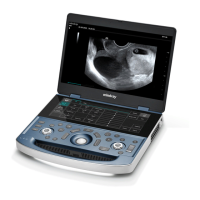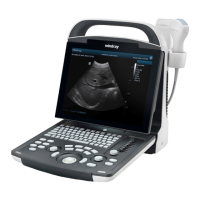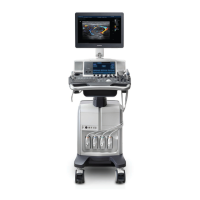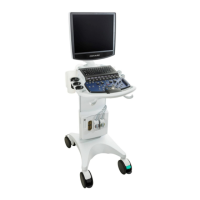What to do if Mindray Medical Equipment monitor displays characters but no images?
- Ttara14Jul 25, 2025
If your Mindray Medical Equipment monitor shows characters but no images, there might be a few reasons. First, ensure that the transmission power, overall gain, or TGC controls are properly adjusted. Second, verify that the probe is correctly and fully connected. Finally, check if the system is in freeze status and, if so, unfreeze the image.






